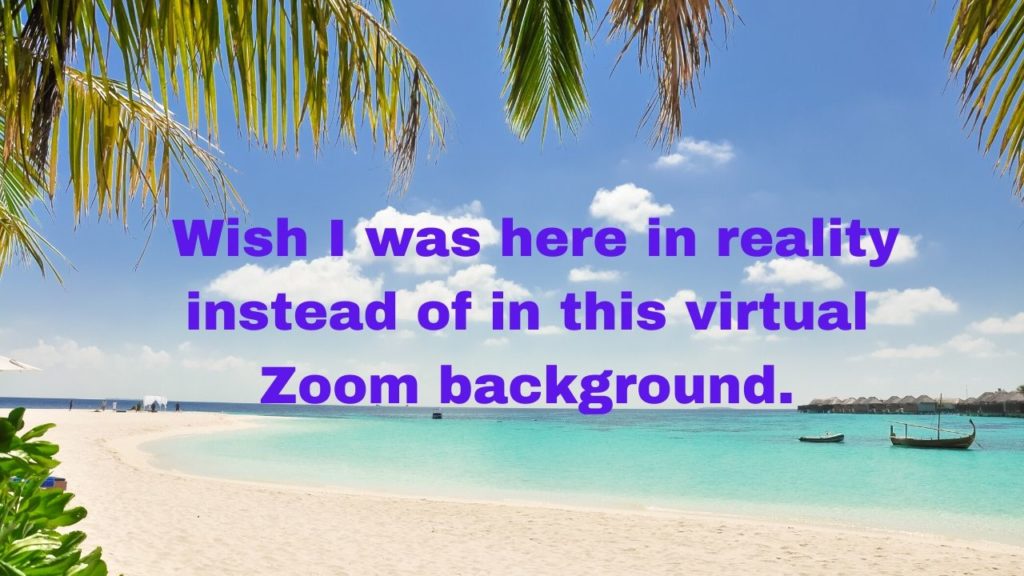Just when I thought I had mastered disconnecting to find better balance in my life, the COVID-19 pandemic turned what was right side up, upside down. Life has become a virtual reality tied to clicks, mikes and screens. Some of it is great and other times…..well, let me put it this way:
Sometimes Iwant to scream at the screen and tell people how to conduct themselves.I’ve seen the tops of more heads over the past six weeks. And distorted faces. Zoom has been great for connecting people, but many have no idea how to use it. The first few minutes of every call usually starts with disembodied voices asking, “Are you there?” “Can you hear me?” “Can you see me?” Why can’t I see you?” If you look on You Tube, Saturday Night Live has some funny parodies on virtual get togethers.
This week by Zoom, I am attending my high school class reunion. Last week, I attended a book talk, a wine industry discussion, and a collage making class. People have celebrated Easter, Passover, Mother’s Day, birthdays, anniversaries and even funerals virtually. Schools conduct online classes, hold virtual proms and graduations. Singers unite in chorus by Zoom. Churches hold virtual services. I was invited by a tourism company on a virtual vacation.We now have a “zoom room” in our house.
There is a generation of “zoom-preneurs” starting up virtual businesses, from coaching to cooking to communications training.Virtual wine tastings- with and without wine- happen daily in my business as do IGTV interviews with thought leaders and personalities. Last week, I started experiencing FOMOV (fear of missing out virtually). I felt anxious that Iwasn’t embarking on my own virtual venture and become a successful click chick.
The COVID-19 forecast is still gloomy. Some places are slowly opening up. New York, where I live, is closed for business, except for the few regions upstate where cows outnumber people. Much of our socialization and business will continue to be virtual for the time being and maybe forever. Or will it? Who knows? We are living in a virtual reality.
Here’s what we do know: Social isolation may be good for preventing the spread of a virus but, long-term, it’s bad for your mental health. Read this article inPsychiatric Times.
Until scientists, medical experts, business, and the government find a way to navigate COVID-10 and we find a reliable vaccine, we need to stay afloat using our intelligence and wit and by staying connected best we can. And when the virtual life feels too voracious, I tune out and take a walk, read a book, or work on my collage.
If you do virtually connect, put your best fabulous self on the screenHere are five tips to make the Zoom (or SKYPE or Google Hangout) experience better:
- To prevent shadowy and distorted faces, place your computer screen at eye level or a tad higher at a distance that highlights your full face without looking distorted. I use a stack of hardcover books. If you need to prop up your seat, do it.We want to see your face, not your hairline.
- Avoid back lighting (e.g., a window or lamp behind you). Instead have light overhead or to the side that provides a soft glow. In Zoom settings you can adjust lighting to highlight your complexion. No one wants to see ghost on your screen.
- Make sure you are in a quiet room with minimal distractions behind. No clutter or mirrors. Keep the backdrop simple. The focus is on you.
- Use headphones (ear plugs) and check your sound and microphone. This way you are not a distraction to anyone around you.
- Practice using “mute” and “gallery or grid” buttons in advance if you are leading the discussion and “record” if you want to keep a record of it.
We are living in a virtual world right now and we can reach out and touch someone all we want viaphoneand computer.But virtual hugs will never replace real ones. Touch screen does not replace human touch.And that’s a reality check for all of us when we eventually return to the “real world.”










